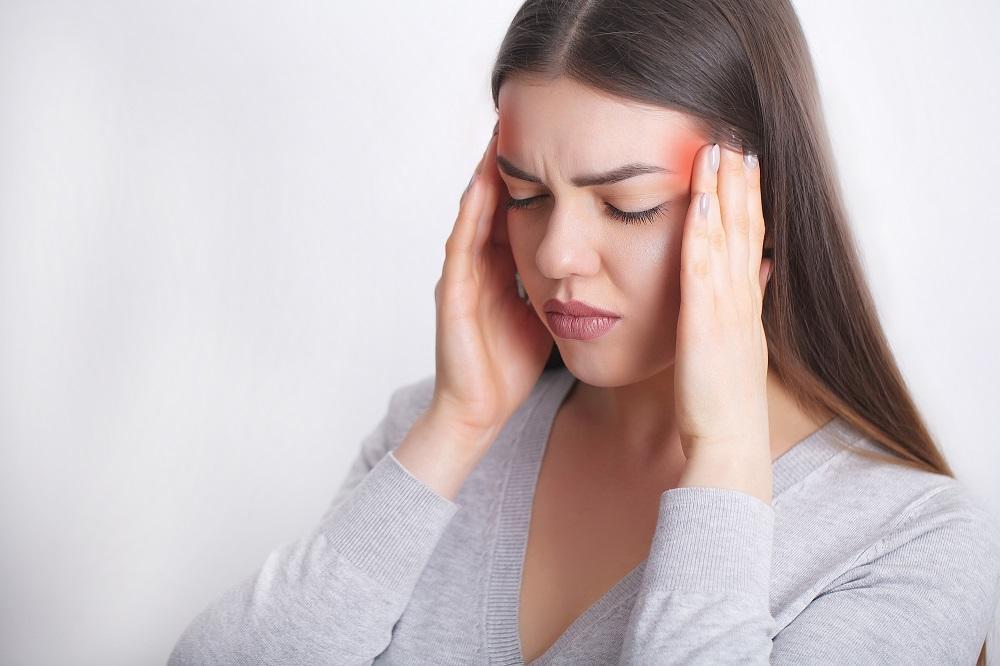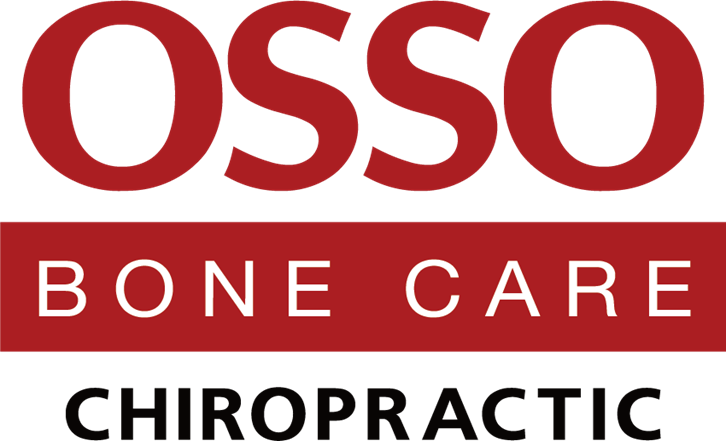Can Back Pain Cause Migraines?
Back pain and migraines are two of the most common health complaints people experience. Back pain can be debilitating, and migraines are notorious for stopping life in its tracks. At first glance, they may seem unrelated. After all, your back is far from your head, right? But surprisingly, there’s growing evidence that the two might be connected.
Back Pain and Migraines
Back pain is incredibly common. In fact, about 8 out of 10 adults will experience it at some point in their lives. Causes range from poor posture and muscle strain to more serious issues like herniated discs. Sometimes, it’s just the price we pay for sitting hunched over our desks all day or lifting something the wrong way.
Migraines, on the other hand, are a whole different beast. Unlike regular headaches, migraines often come with throbbing pain, sensitivity to light and sound, nausea, and even visual disturbances. Migraines affect an estimated 3.6 million people in Malaysia, making it a widespread problem.
The Link Between Back Pain and Migraines

With how often back pain and migraines occur in the general population, they may be seen as comorbidities. Both are muscular pain conditions along the spine with a high risk of chronicity. In many patients, headache was found to have begun or exacerbated markedly after onset of low back pain.
There’s a few reasons why back pain can influence your migraines –
1. Shared Nervous System Pathways
The nervous system plays a critical role in the development of both lower back pain and migraines. The spinal cord acts as a central pathway that carries pain signals from the body to the brain. When lower back pain occurs, it can trigger signals that travel up the spinal cord to the brain. The trigeminal nerve, which is closely tied to migraines, can be affected by spinal issues or inflammation.
One key concept here is central sensitization, which refers to an increased sensitivity of the nervous system to pain signals. Chronic pain, such as that from lower back problems, can cause changes in the brain’s pain-processing mechanisms, amplifying pain perception and making the brain more sensitive to other stimuli—like the onset of a migraine. Essentially, pain in one part of the body can “sensitize” the entire nervous system, increasing the likelihood of a migraine occurring.
2. Muscle Tension from Poor Posture
When someone suffers from lower back pain, they may subconsciously tense the muscles in the surrounding areas (such as the back, shoulders, and neck) to protect the affected region. This muscular tension can trigger a cascade of problems, including limited blood flow to the muscles and further discomfort.
This muscle tightness can also cause tension in the neck and upper back, which are areas known to be involved in the development of tension-type headaches or migraines. The trapezius muscles, for example, are frequently implicated in both neck stiffness and the onset of migraines due to the connection between these muscles and the trigeminal nerve, which is heavily involved in headache formation.
3. Inflammatory Processes
Inflammation plays a key role in both lower back pain and migraines. In conditions like herniated discs, degenerative disc disease, or muscle strain, inflammation is often present in the lower back. This inflammation can affect the nervous system, causing the release of inflammatory chemicals that can trigger headache pain.
Research has shown that inflammation in the spine can activate the central nervous system, leading to increased sensitivity to pain throughout the body, including in the head. This means that the presence of chronic pain in one area (such as the back) can heighten overall pain sensitivity and contribute to the onset of a migraine.
4. Autonomic Nervous System (ANS) Dysregulation
The autonomic nervous system (ANS) regulates bodily functions such as heart rate, blood pressure, and digestion, as well as pain perception. When lower back pain becomes chronic, it can create dysfunction in the ANS, leading to sympathetic nervous system dominance. This can manifest as symptoms like increased stress response, muscle tension, and a heightened pain threshold—all factors that can contribute to the development of a migraine.
In fact, studies have shown that individuals with chronic lower back pain often report higher levels of stress and anxiety, which can trigger migraine attacks. The dysregulation of the autonomic nervous system can cause disturbances in blood flow and inflammation, both of which are closely linked to migraine development.
Lower back pain can cause migraines through several interrelated mechanisms, including nerve pathway sensitization, muscle tension, postural changes, inflammation, and autonomic nervous system dysregulation. These factors can heighten the body’s pain sensitivity, creating a cycle where both conditions worsen over time. If you’re experiencing both lower back pain and migraines, it’s important to seek treatment that addresses both issues simultaneously, which could involve physical therapy, chiropractic care, medication, and lifestyle modifications.
Case Studies on Back Pain Causing Migraines
According to a study from the University of Copenhagen, patients who experience chronic lower back pain may be at a higher risk of experiencing migraines. This study comprised 13,498 subjects (6,513 men and 6,985 women). The 8-year risk of developing migraine was significantly increased in subjects who already had low back pain.
Another study highlighted how spinal misalignments or injuries, such as a herniated disc, can exacerbate headache disorders. Personal stories from patients also show how treating back pain led to fewer and less intense migraines.
Diagnosing the Root Cause
If you’re dealing with both back pain and migraines, it’s important to figure out if the two are connected. Our chiropractor may start with a thorough physical exam and ask about your medical history. Diagnostic tools like X-rays will be used to pinpoint spinal issues.
Based on our experience with patients at Osso Bone Care, we believe that misalignment of the cervical spine (C1 and C2) may be a significant contributing factor to migraines, as it’s putting pressure on the nerves that control blood flow to the head.
Sometimes, the key lies in recognizing patterns. Do your migraines flare up after a long day of sitting? Or do they seem worse when your back pain is particularly intense? These clues can help guide treatment.
How Chiropractic Treatment Can Address Both Back Pain and Migraines
Chiropractic care has been recognized as a potential option for managing migraines, especially for those who experience chronic or severe headaches.
Spinal Alignment and Migraine Relief
Chiropractors focus on correcting spinal misalignments, especially in the neck and upper back, which are often referred to as subluxations. Misalignments in these areas can irritate nerves, restrict blood flow, and cause muscle tension, all of which are believed to contribute to migraines. Chiropractic adjustments aim to restore proper alignment, which may reduce the frequency and intensity of migraine attacks.
Improving Nervous System Function
The spine houses your central nervous system, which plays a key role in pain perception and regulation. Spinal misalignments may disrupt nerve signaling, potentially contributing to migraines. Chiropractic adjustments can help optimize nervous system function, reducing the likelihood of migraine episodes.
Non-invasive, Drug-Free Approach
For those who prefer a natural treatment option, chiropractic care provides a drug-free alternative. Instead of relying solely on medications that may have side effects, chiropractic care focuses on addressing the root cause of migraines.
Treat Back Pain and Migraines Together
Back pain and migraines might seem like separate issues, but they often go hand in hand. Understanding the connection can help you find better ways to manage both conditions. Whether it’s through physical therapy, stress management, or medication, relief is possible with the right approach.
Don’t let back pain or migraines control your life. Get a consultation with one of our chiropractors, and take the first step toward feeling better today.
